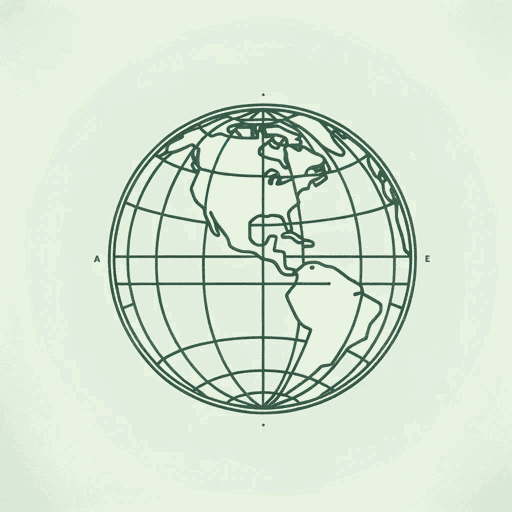55 pages • 1 hour read
Juan GonzalezHarvest of Empire: A History of Latinos in America
Nonfiction | Book | Adult | Published in 2000A modern alternative to SparkNotes and CliffsNotes, SuperSummary offers high-quality Study Guides with detailed chapter summaries and analysis of major themes, characters, and more.
Part 3, Chapters 13-14Chapter Summaries & Analyses
Part 3
Chapter 13 Summary: “Free Trade: The Final Conquest of Latin America”
US transnational firms began to shift manufacturing to third-world countries in the second half of the 20th-century under the banner of “free trade.” On the surface, knocking down obstacles to free trade seems a boon for all countries involved. Removing tariffs to goods allows more world commerce and, thus, an increase in wealth for all. But who actually benefitted? What was the true cost of free trade?
The clamor for “free trade” hides the fact that, historically, countries do recognize the need for tariffs in order to protect domestic industries at least at first, when those industries are developing. In this country, “Congress pursued protectionist policies throughout the post-Civil War period” (253). Contemporarily, however, much rhetoric revolves around the benefits of free trade and pays little attention to how the United States and many other countries relied on protectionist tariffs to allow the home economy to grow and develop. Instead, “neoliberal” groups in the 1980s and 1990s ridiculed the “‘bad old days’ of the 1970s when Third World governments resorted to high tariffs to protect their own fledgling industries, a strategy called import substitution” (253).They touted the benefits of removing tariffs, saying that this would result in a benefit to all businesses, both in the US and in Latin-American countries.

